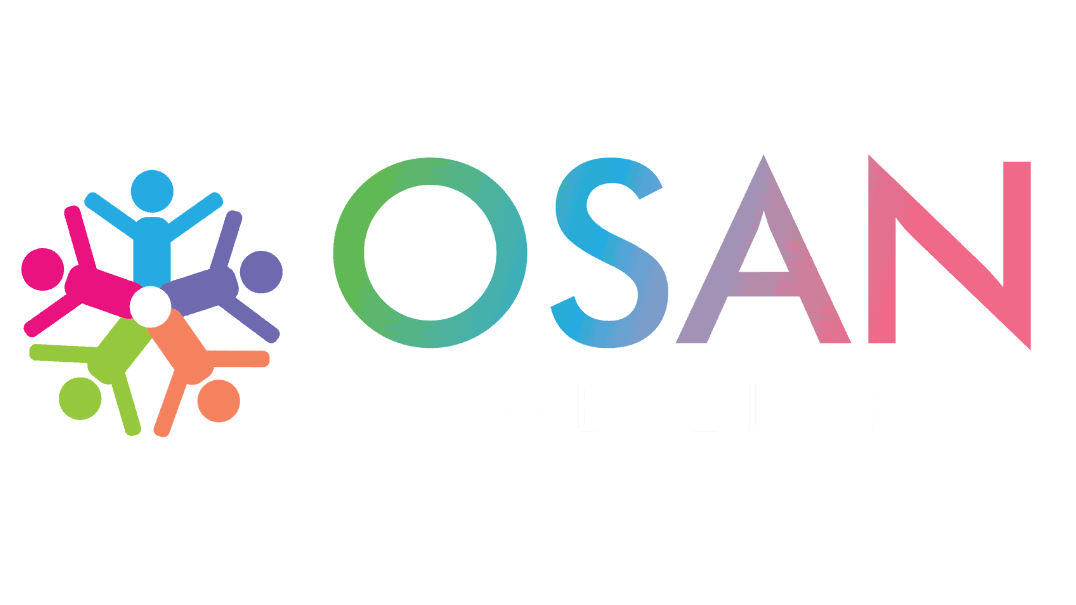Cerebral palsy is a condition that can provide unique challenges for those with the disability, family members and caregivers. Receiving a diagnosis of cerebral palsy can be difficult news for family members to handle, as such, there will always be questions about quality of life and appropriate care. Fortunately, with a better understanding of what cerebral palsy is and how to care for people who are affected, parents and other caregivers can ensure the highest quality of life for children with cerebral palsy from infancy into adulthood. Professional NDIS providers can also help provide quality care and assistance.
What Is Cerebral Palsy?
Often mistaken as a disease, cerebral palsy is a lifelong condition that results from damage to a child’s brain while in the womb or immediately following birth. Doctors can diagnose it in infancy or shortly beyond it.
Cerebral palsy affects movement, muscle tone, and posture. It’s also associated with a heightened sensitivity to pain, seizures, cognitive difficulties, and problems with hearing, vision, and communication.
Because the severity of the condition varies from person to person, it’s important to have a good grasp of the particular individual’s condition so that you can help him or her have the best chance at attaining a high quality of life.
What Causes Cerebral Palsy?
We don’t know all the causes of cerebral palsy. What we do know, is that a small proportion of cases result from birth complications such as a lack of oxygen. Unfortunately, for most babies born with cerebral palsy, the cause is unknown. We also know that the vast majority of cases occur in the womb or within 1 month of birth.
Research has identified several known risk factors that increase the chances for a child being bourn with cerebral palsy:
- Premature birth (being born at 36 weeks or under). This is the #1 known risk factor.
- A birth weight lower than the range considered normal for the gestational age
- Inadequate transmission of oxygen and nutrients from the placenta to the child
- A prolonged lack of oxygen for the child during either pregnancy or birth
- Severe jaundice shortly following birth
- Problems with blood clotting
- The mother having been infected with German measles or other viral diseases early in the pregnancy
- Either the mother or the child experiencing a bacterial infection that harms the baby’s central nervous system directly or indirectly
It’s important to remember that the above are risk factors, not causes. For example, premature birth does not cause cerebral palsy; the sequence of events leading to premature birth is the cause.
Taken all together, researchers have found that males, prematurely born babies, very small babies, and children of multiple births (twins, triplets, etc.) are statistically the groups at highest risk for cerebral palsy.
How To Provide Care for Someone with Cerebral Palsy
Cerebral palsy is a permanent condition for which there presently is no cure. It’s therefore important to have an appropriate management plan so the affected child will have the best quality of life possible. As we mentioned, every case is different, so no one approach works best for everyone, but there are 5 areas of principal focus for most people.
Managing Pain
Experts on cerebral palsy caution that this is probably the #1 challenge for both the child and caregivers. Most people with cerebral palsy have a different perception of pain than others. What feels like mild pain to us might feel far more severe to a child with cerebral palsy. Sometimes just touching results in perceived pain, which is why many children with cerebral palsy don’t like being touched. A child may even report or register emotional distress as physical pain. This pain can interfere with sleep cycles as well.
Since children with cerebral palsy often need assistance with physical tasks, require help stretching and developing motor skills, and have to receive injections, managing pain can become especially challenging. Medications such as muscle relaxers and anti-inflammatories can help with pain management.
Independence
Again, every case is different, but the more independence the child feels, the happier he or she will be. It’s important to teach and encourage independence in daily activities, work-related tasks, and self-care. Many people whose condition is on the milder end can seek employment and earn income.
Interaction with Peers
Children crave a completely normal quality of life, and for children with cerebral palsy, this can be difficult and frustrating. Again, though, allow the child to interact with peers as much as possible. Playing games, attending birthday parties, etc. This will help them feel a sense of belonging and inclusivity which is important for their mental health. One way to help with this is to seek out groups that include other children with cerebral palsy so they can learn from each other’s experiences.
Communication and Learning
Cognitive impairments can make communication and learning a challenge for children with cerebral palsy. In fact, many such children are non-verbal, and in those cases, caregivers have sometimes developed ways to communicate through head, eye, and hand movements. Assistive technology exists as well. For example, there are devices that enable children to use their eyes to select programmed words and phrases; some children can send emails this way.
Keeping Yourself Healthy
It’s important to look after your own mental and emotional well-being as well. Try to find time for yourself, time to take a break, relax, etc. The less physically exhausted and mentally stressed you are, the more the child you’re caring for will benefit. Studies show a strong correlation between happy parents and happy children, and the opposite.
Personal Care Assistants
One of the best ways to care for both your child and yourself as you manage cerebral palsy is to enlist professional support. Qualified personal care assistants can help manage the workload, provide you some much-needed relief, and make everyone’s life a lot easier. As NDIS providers, we strongly encourage you to look into this option to help improve the quality of life for both you and your child!










